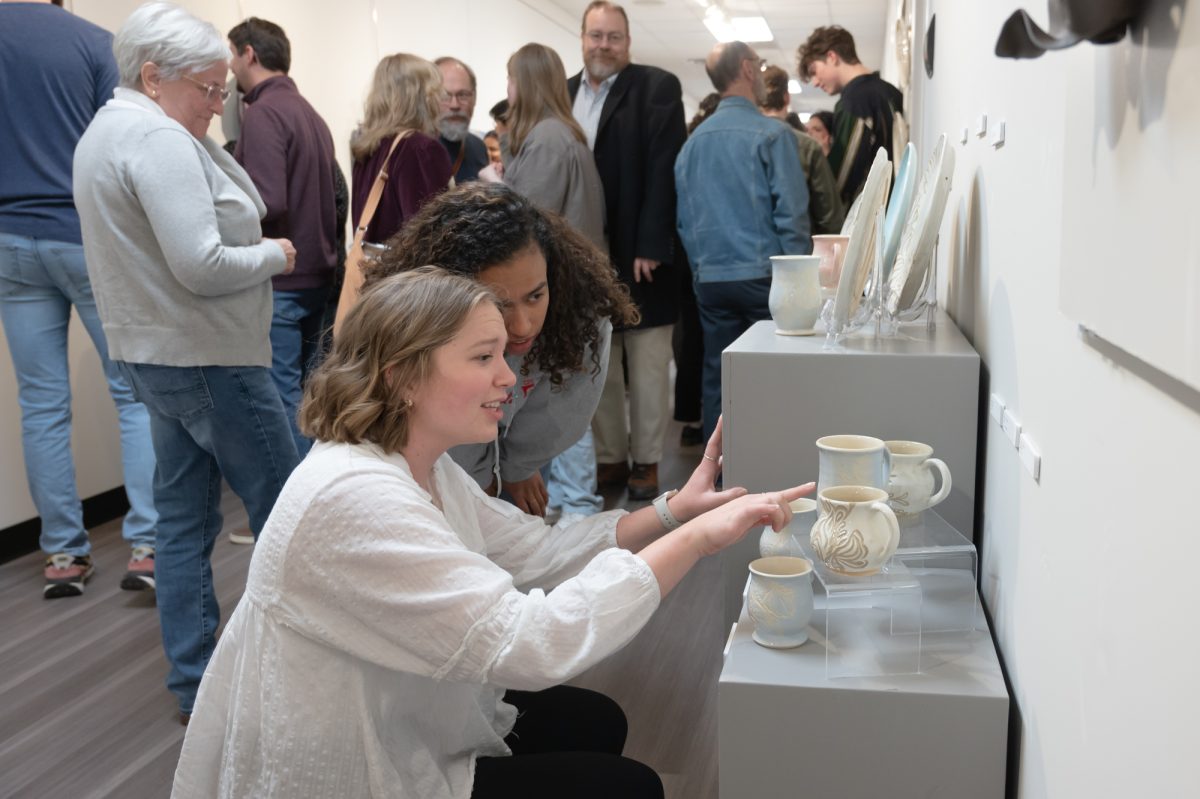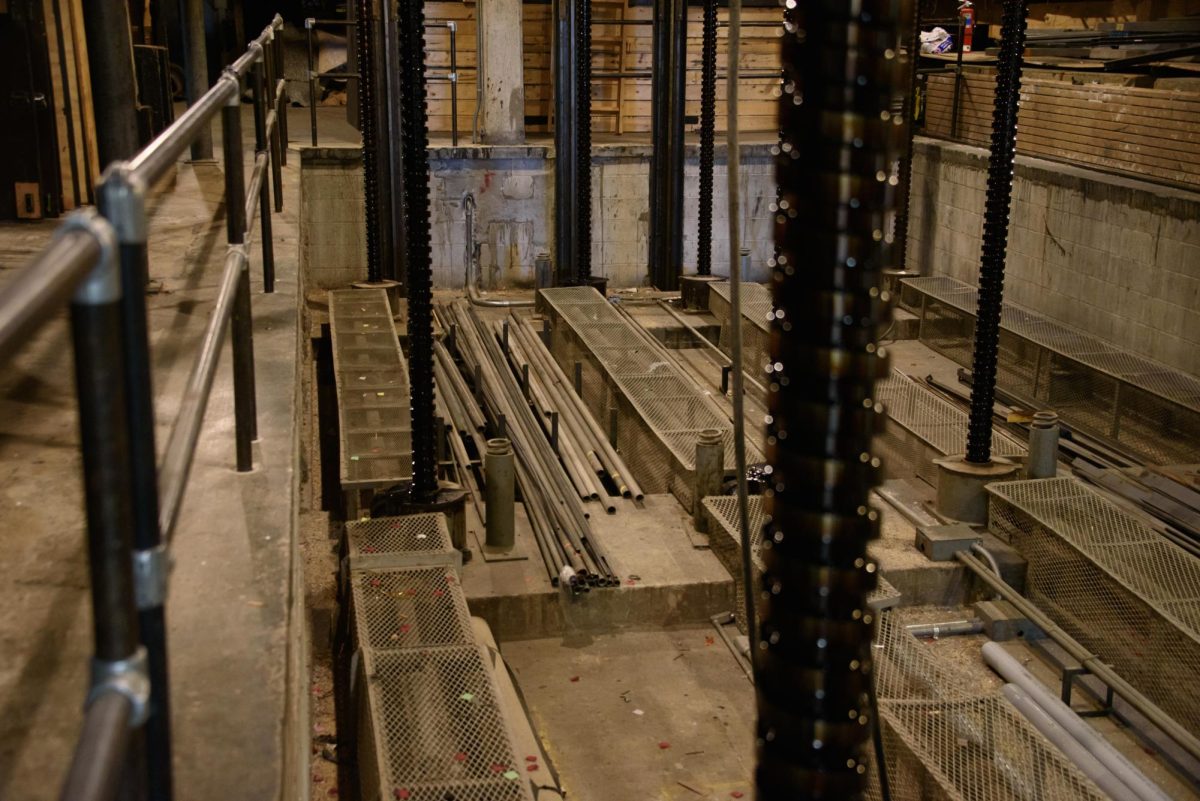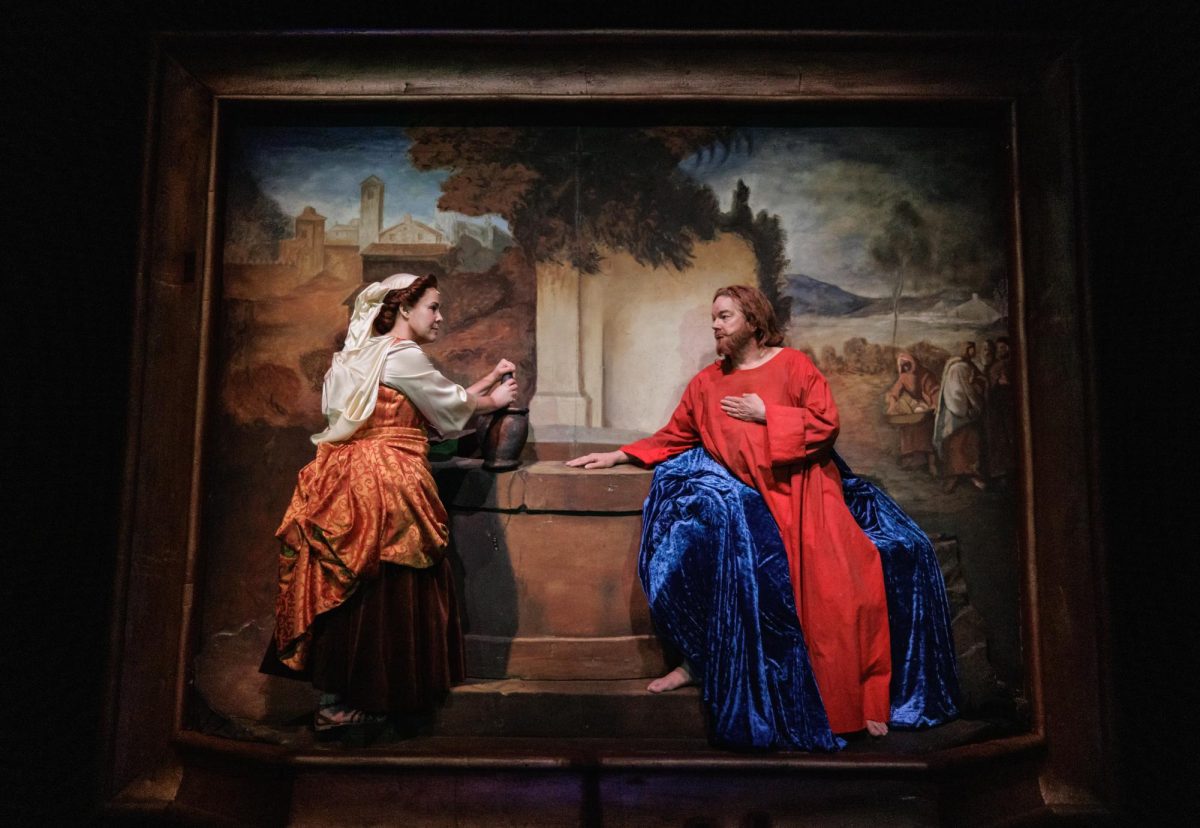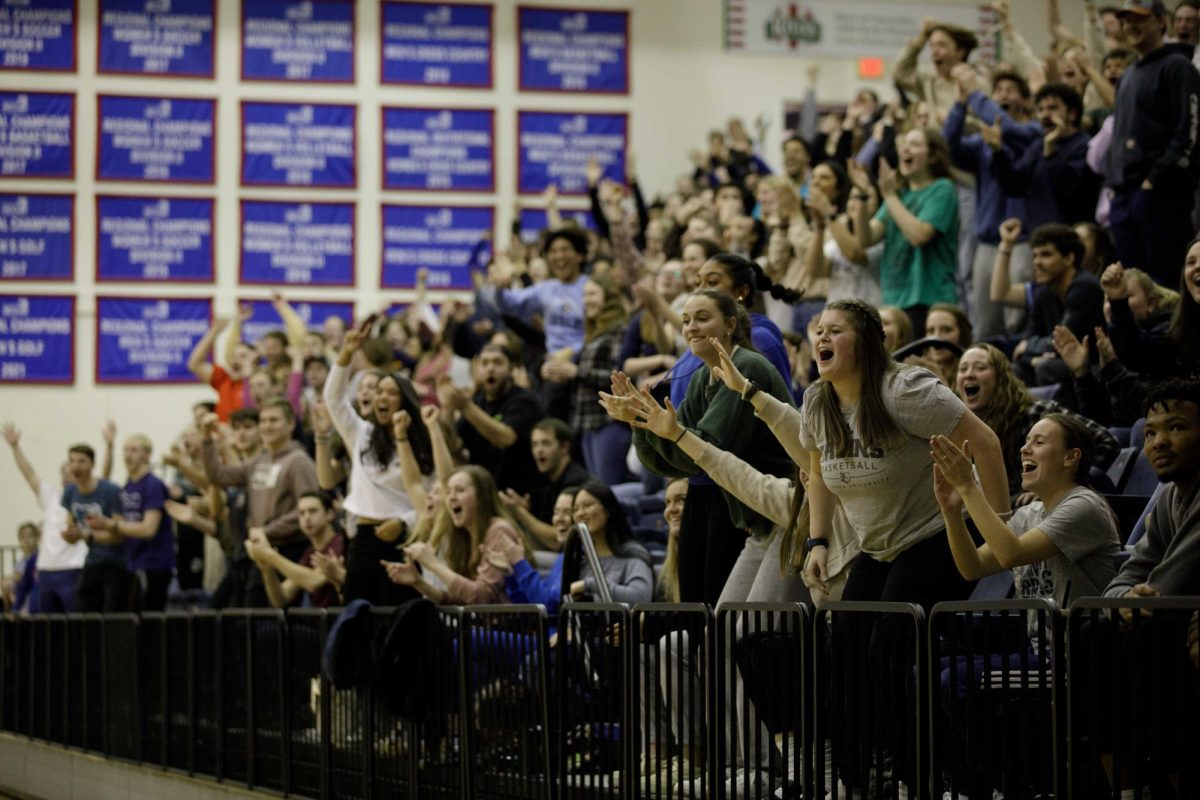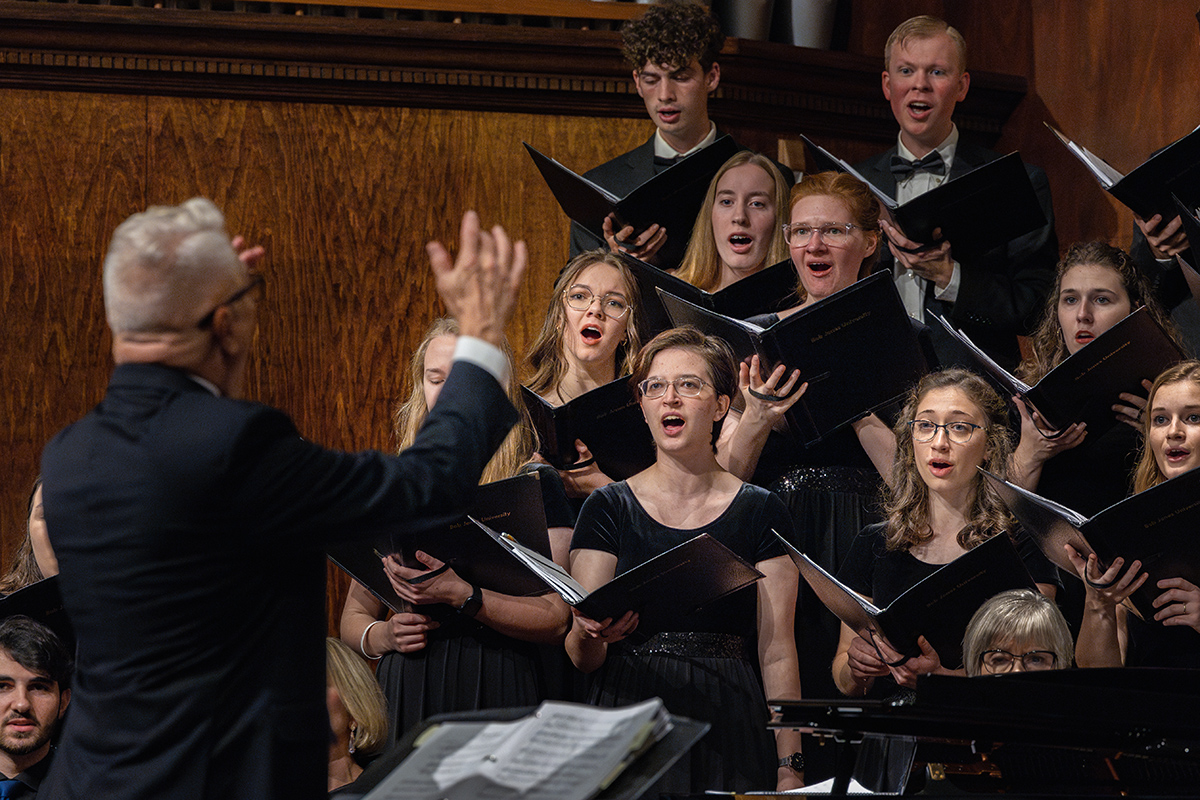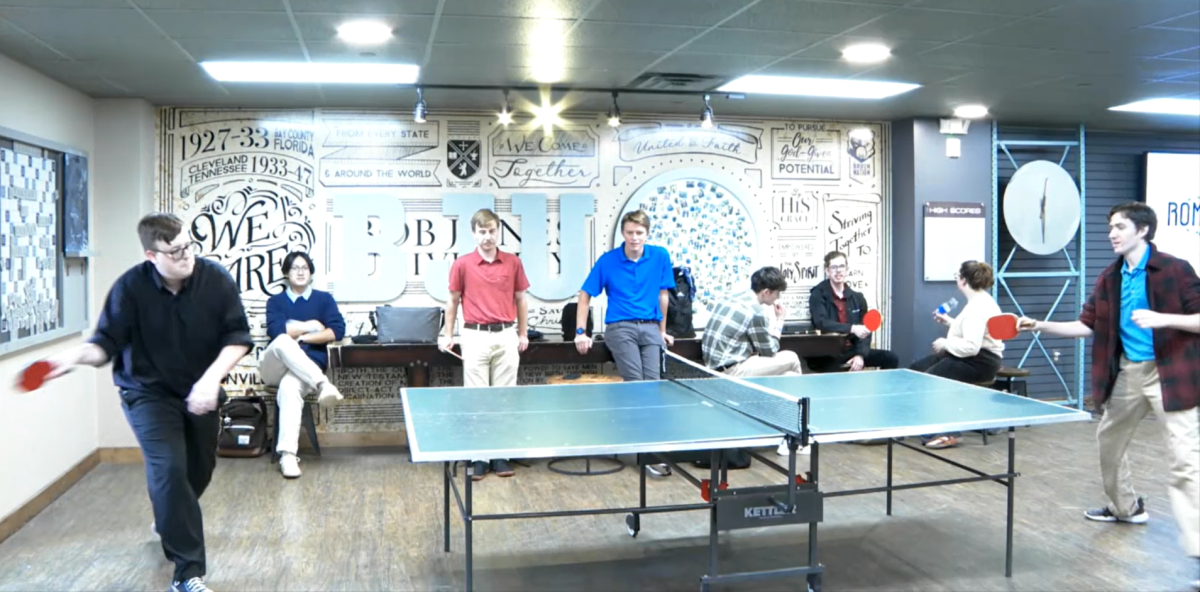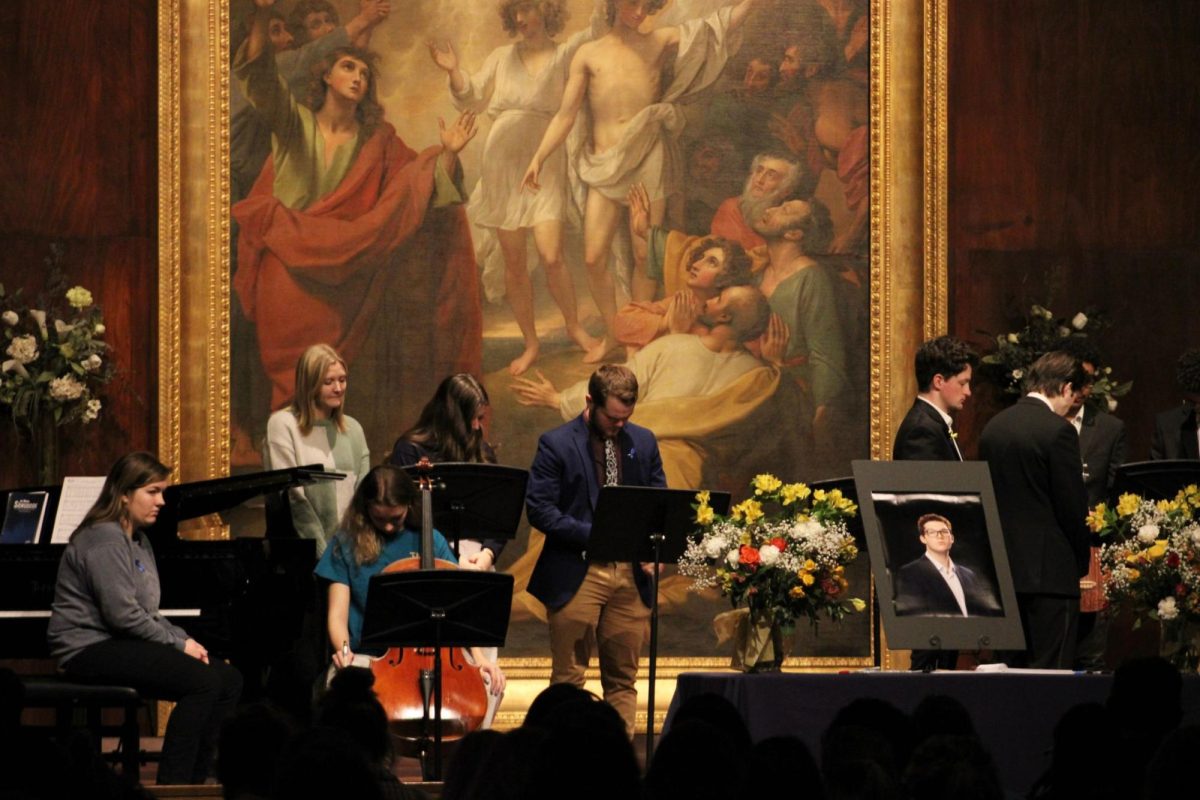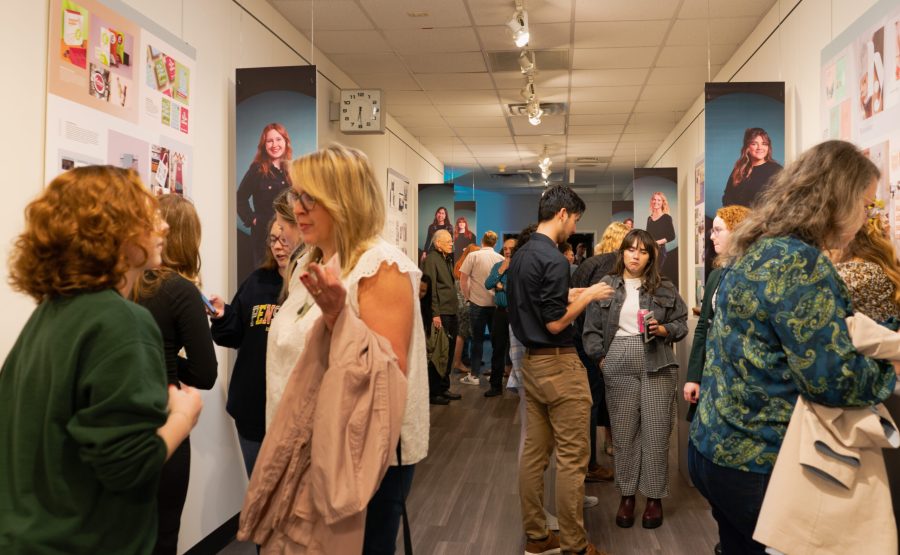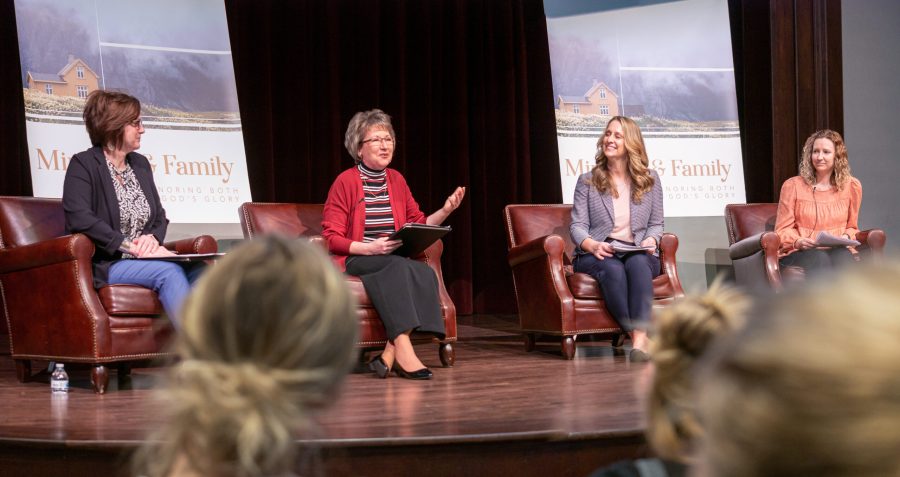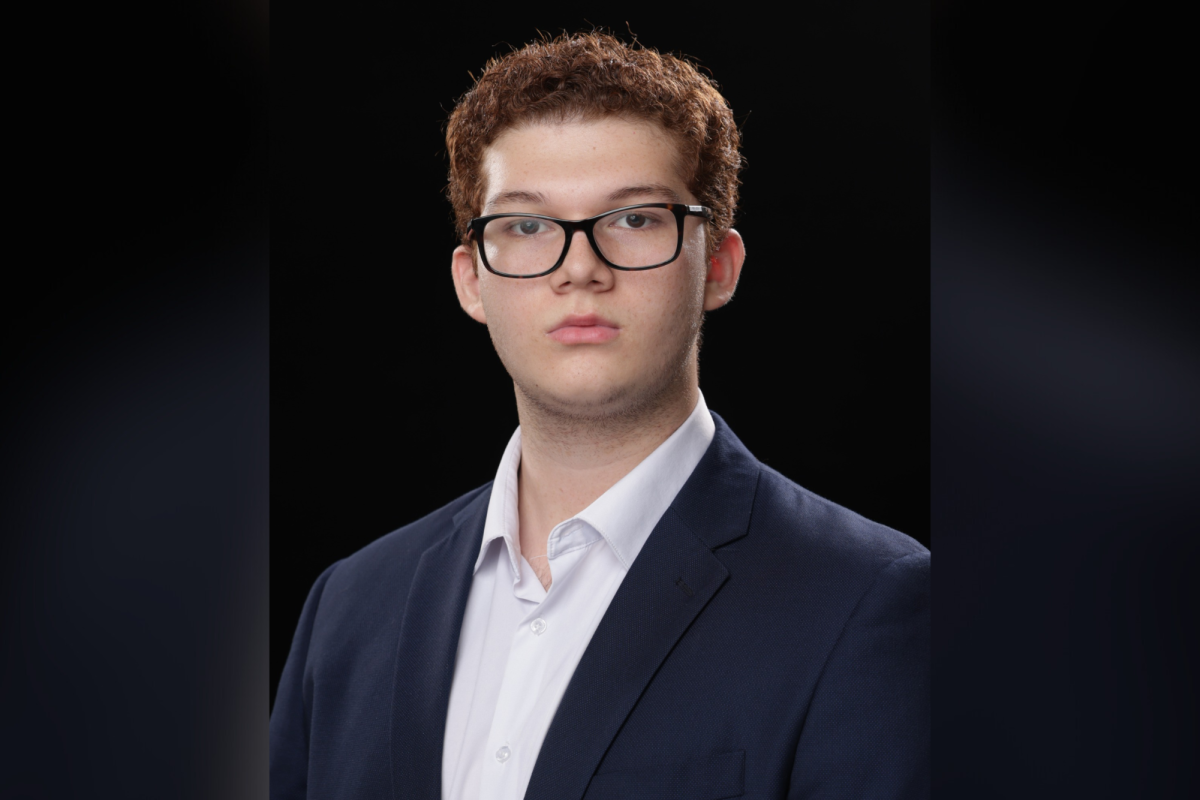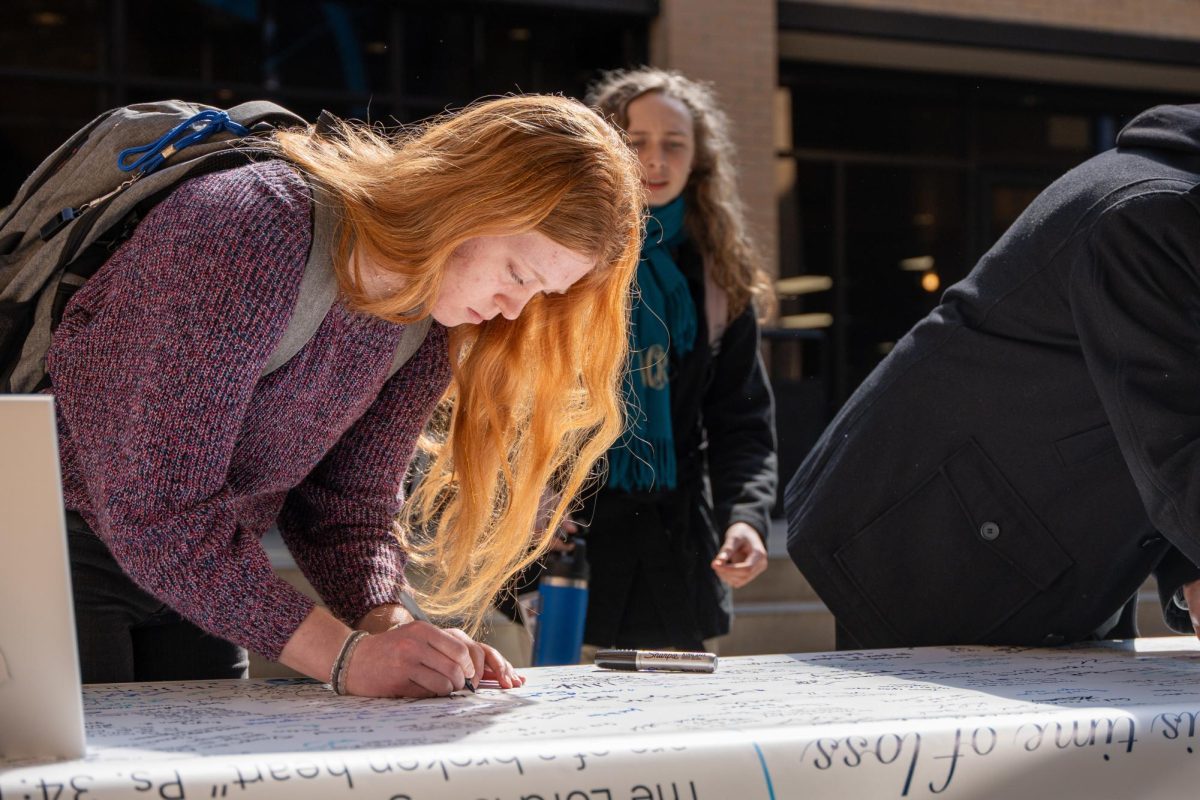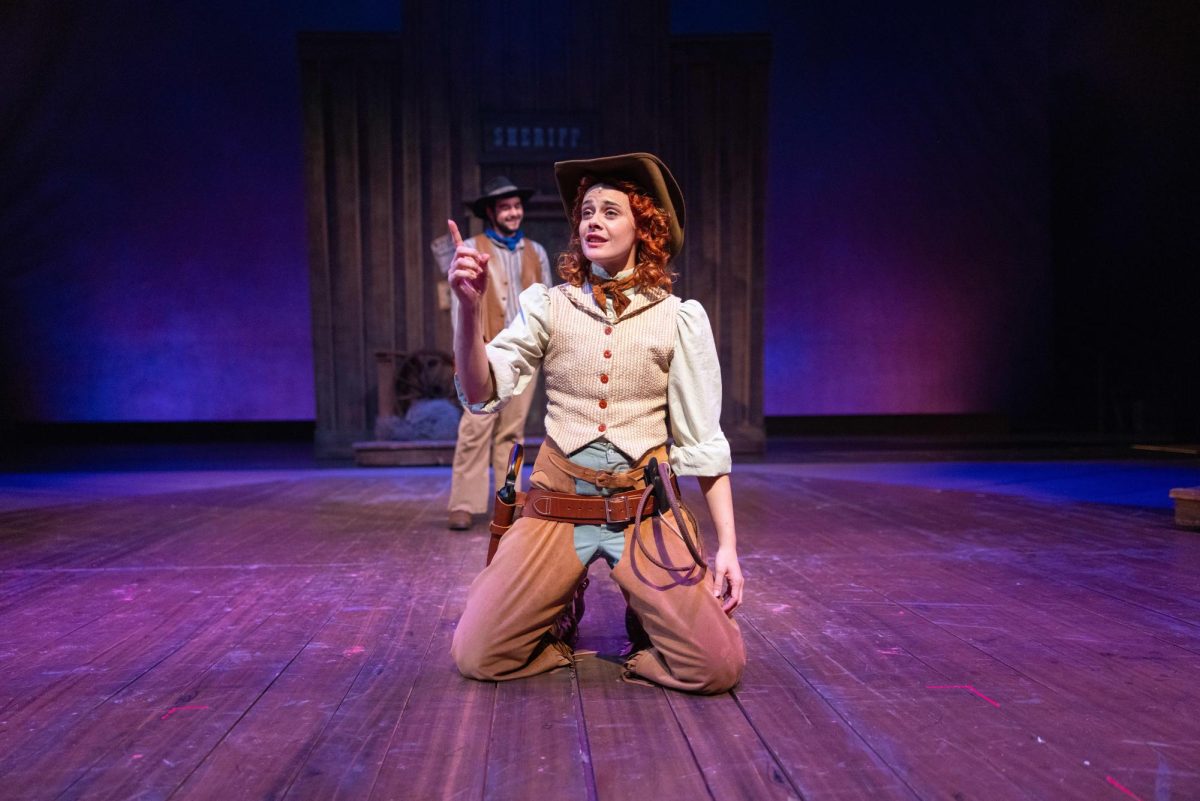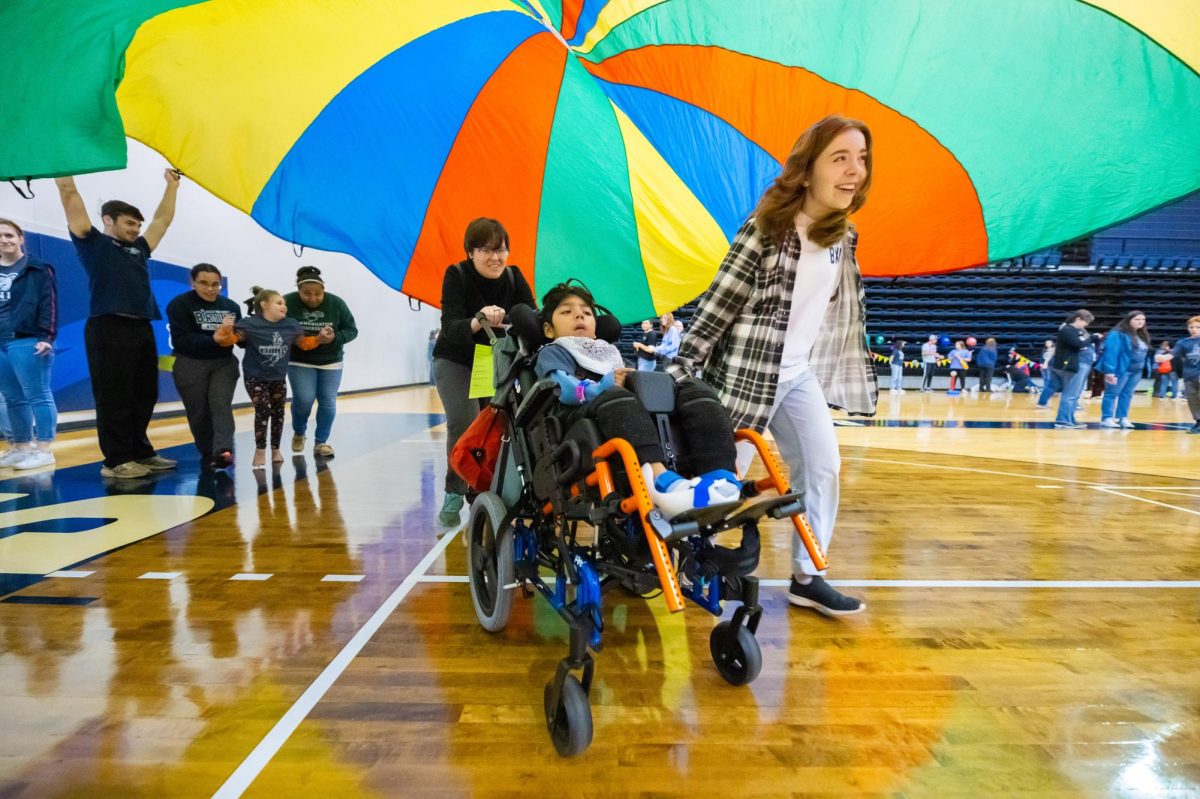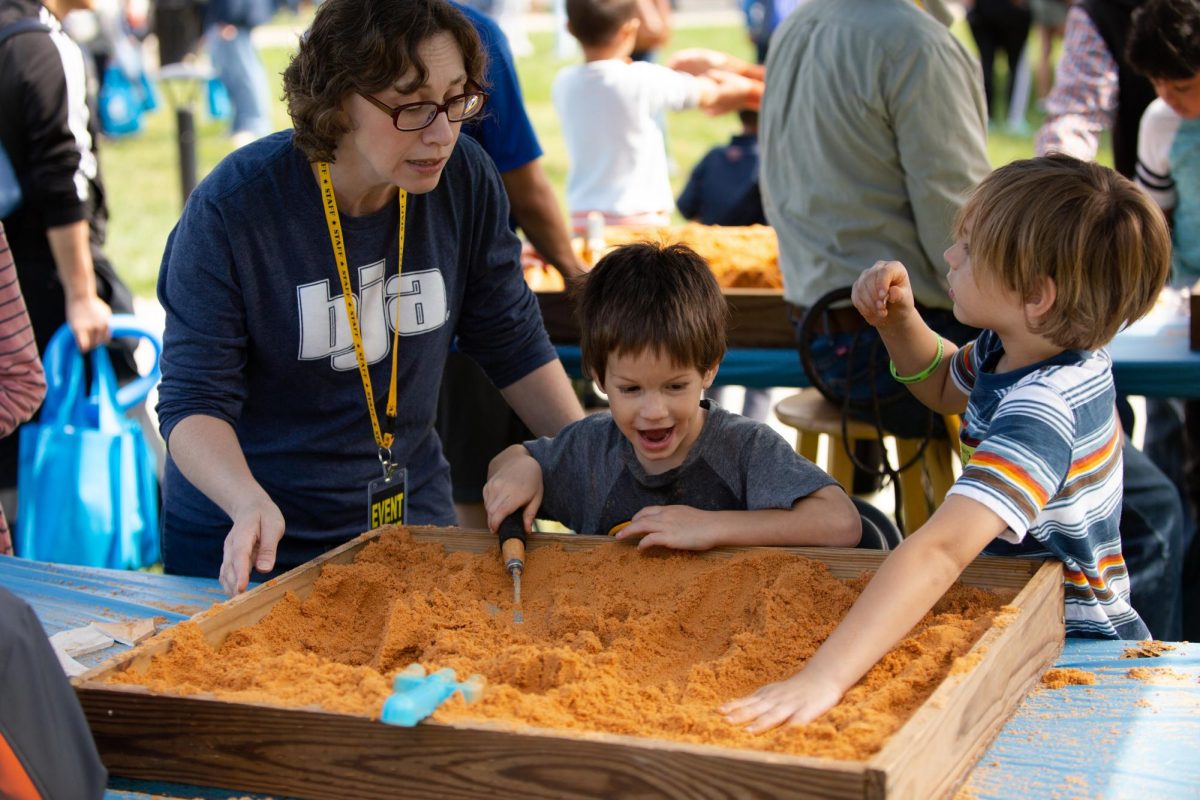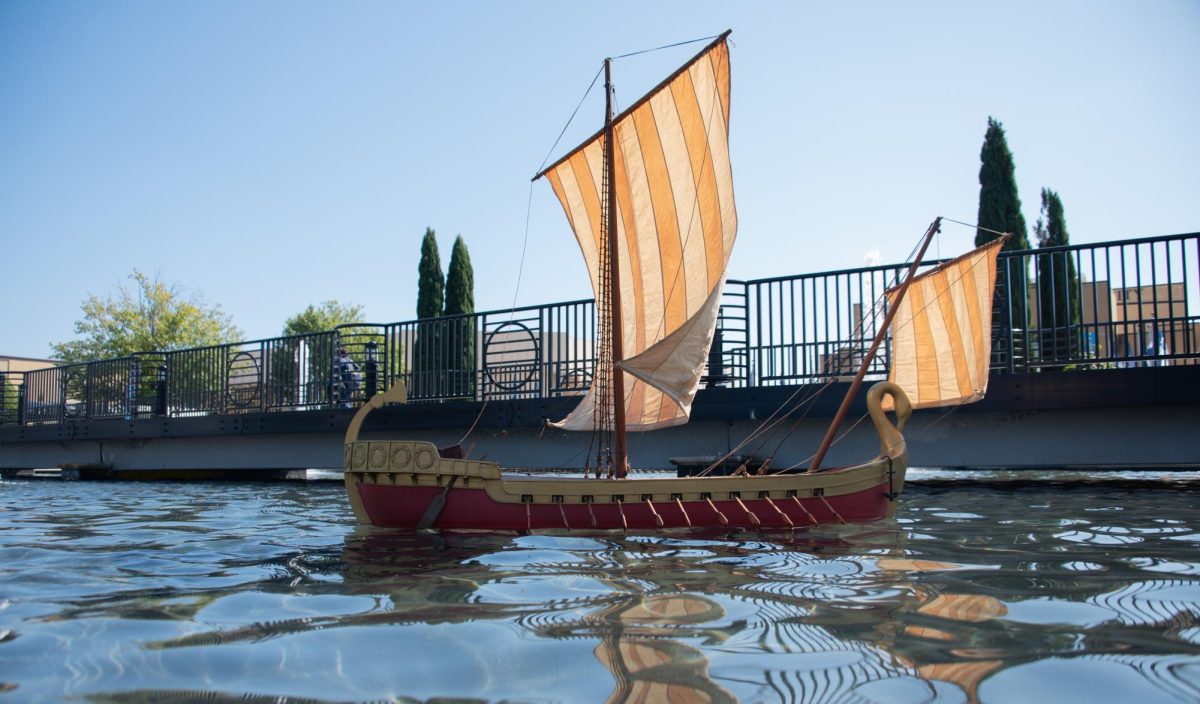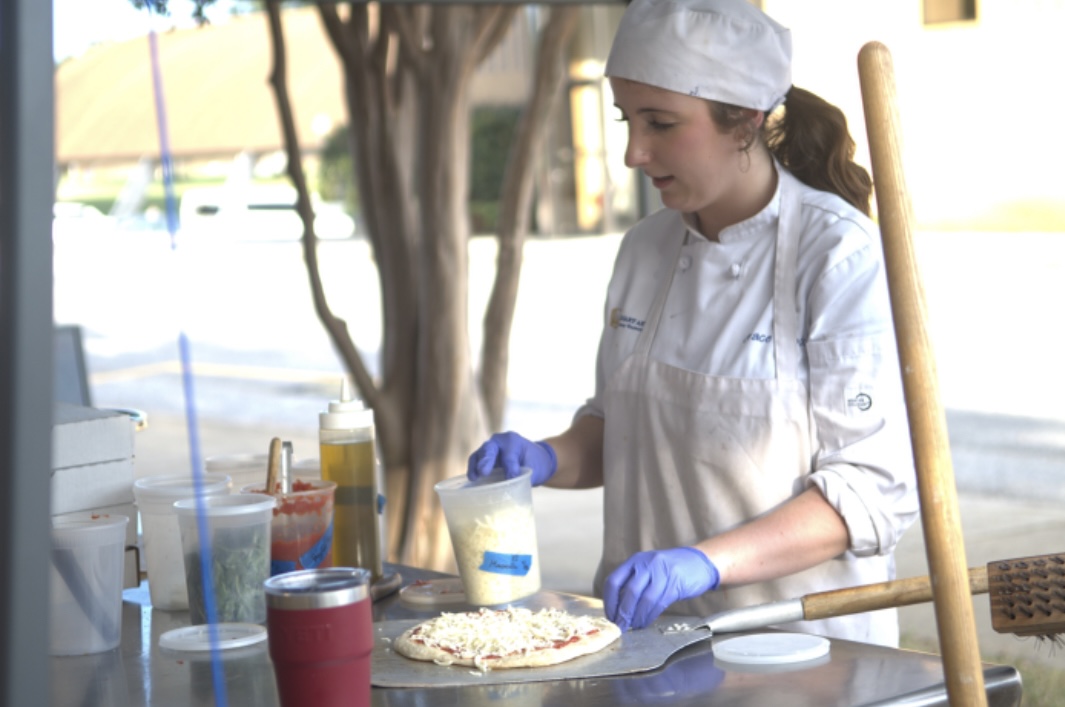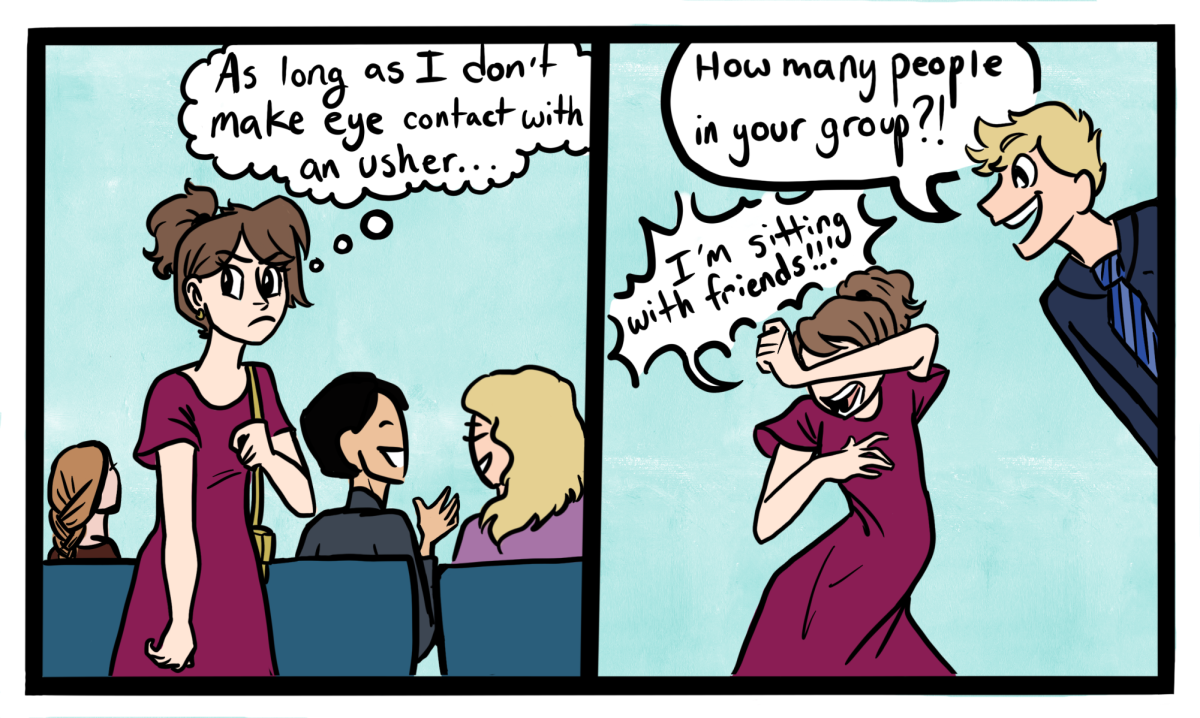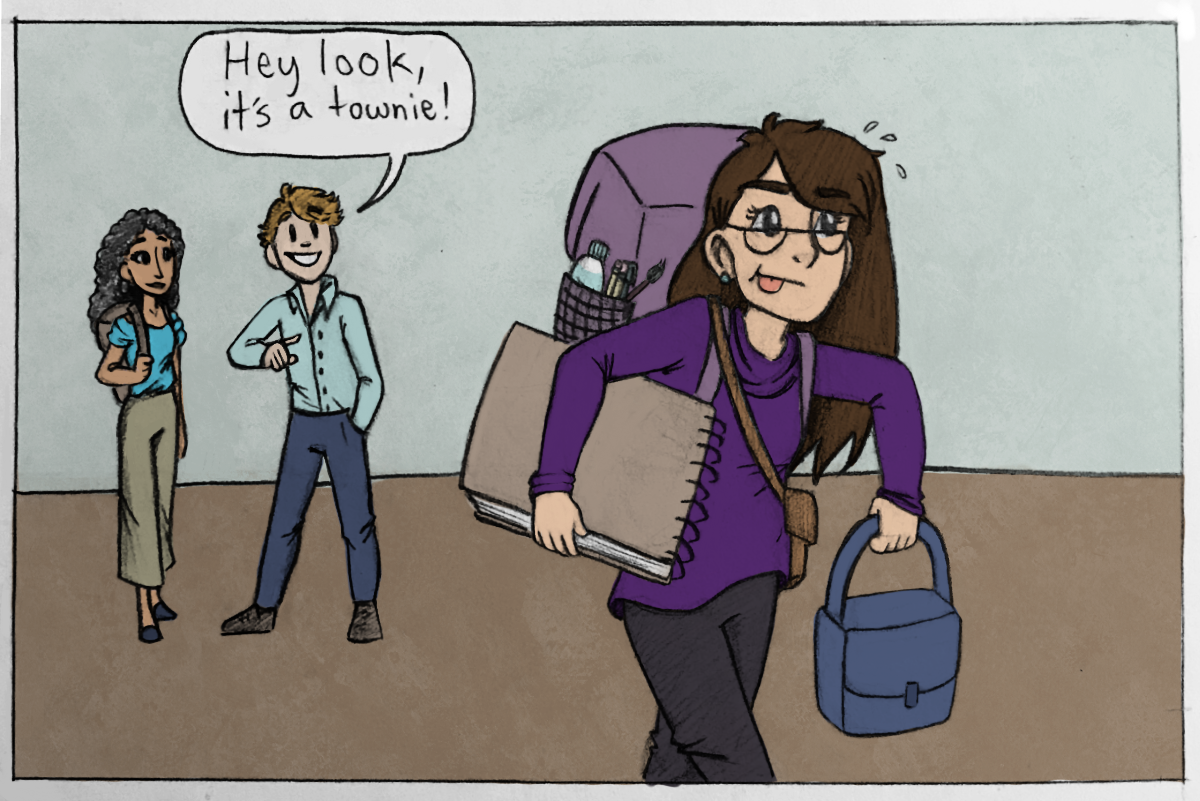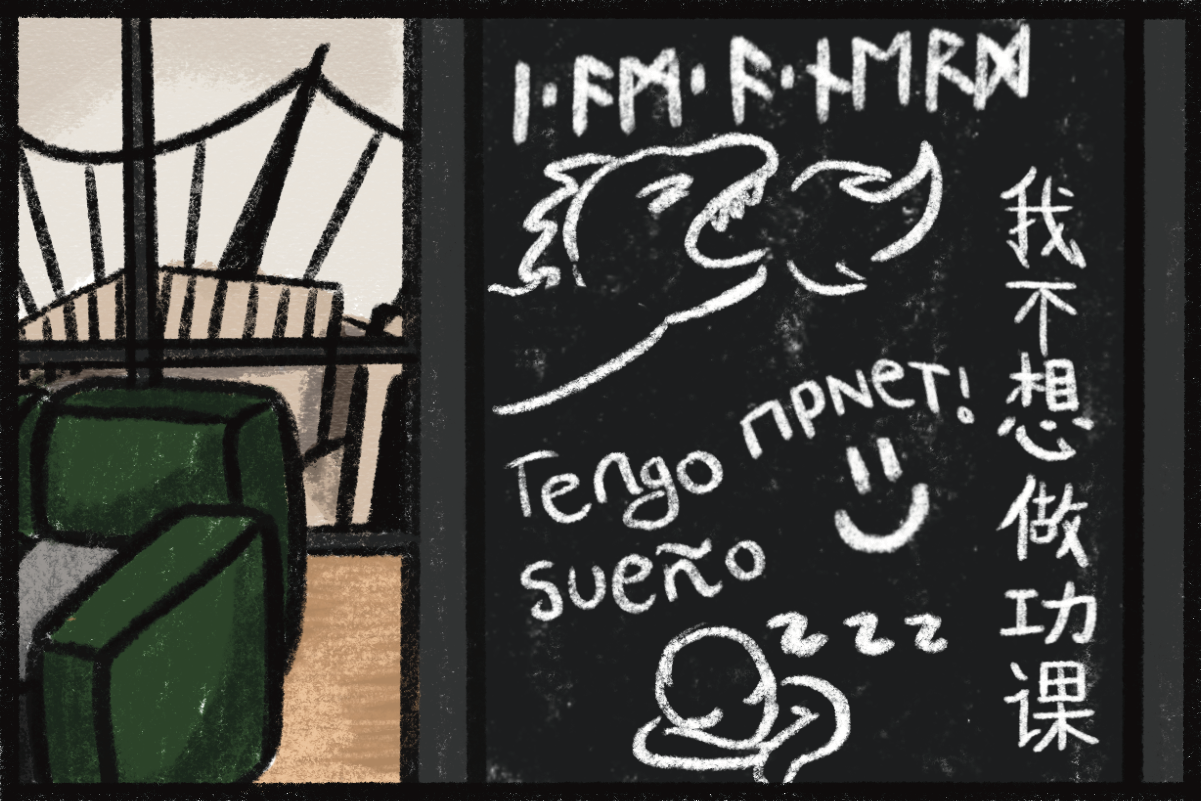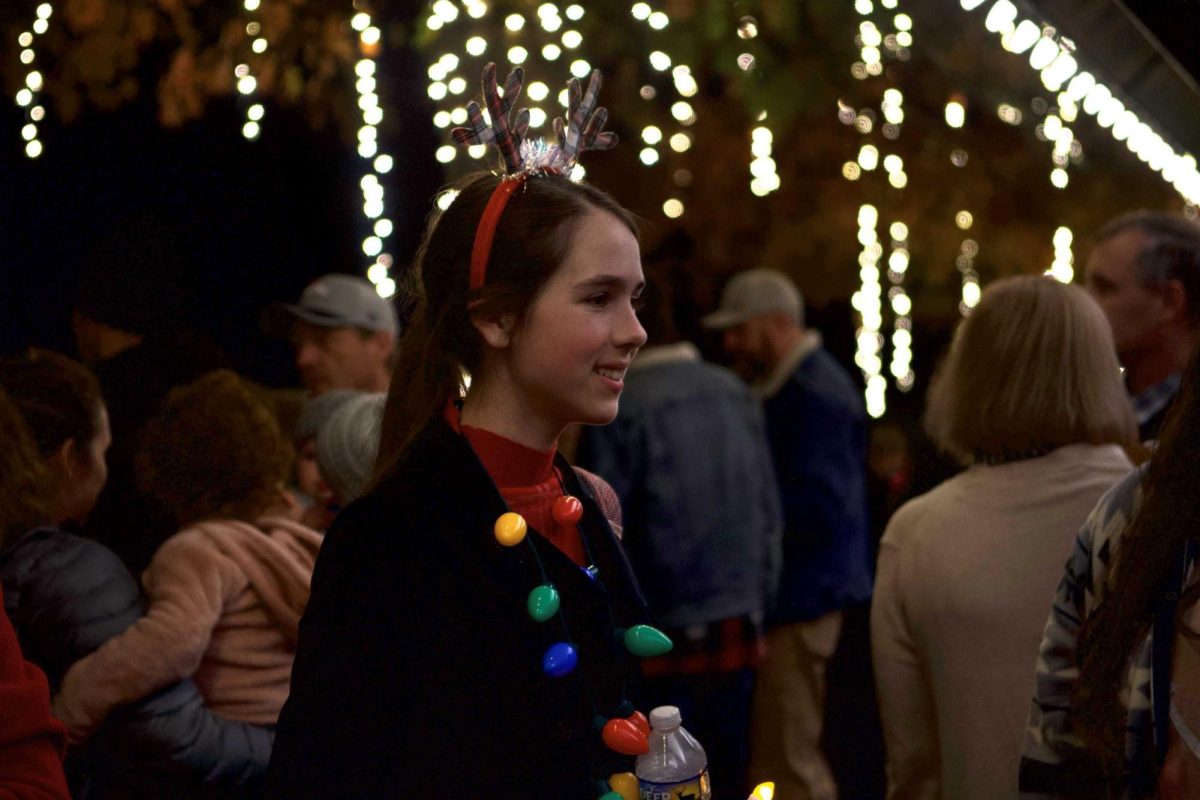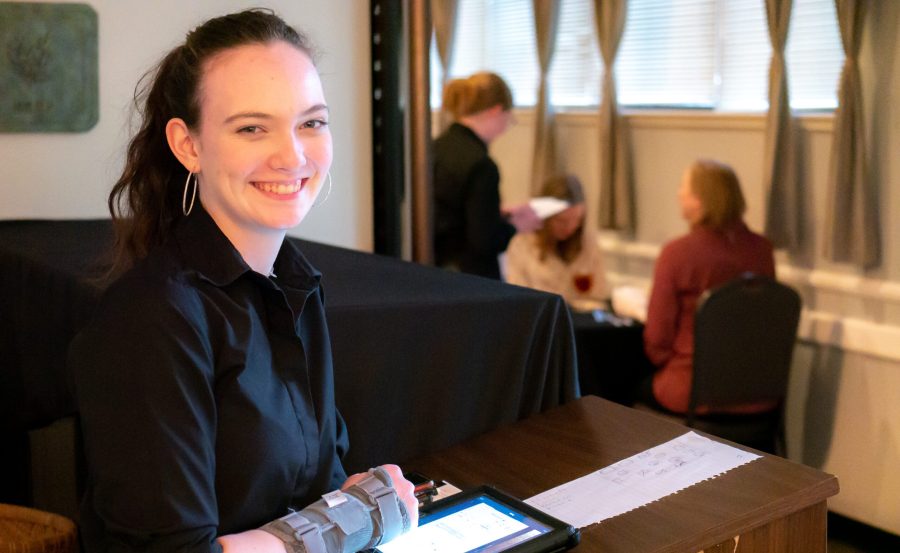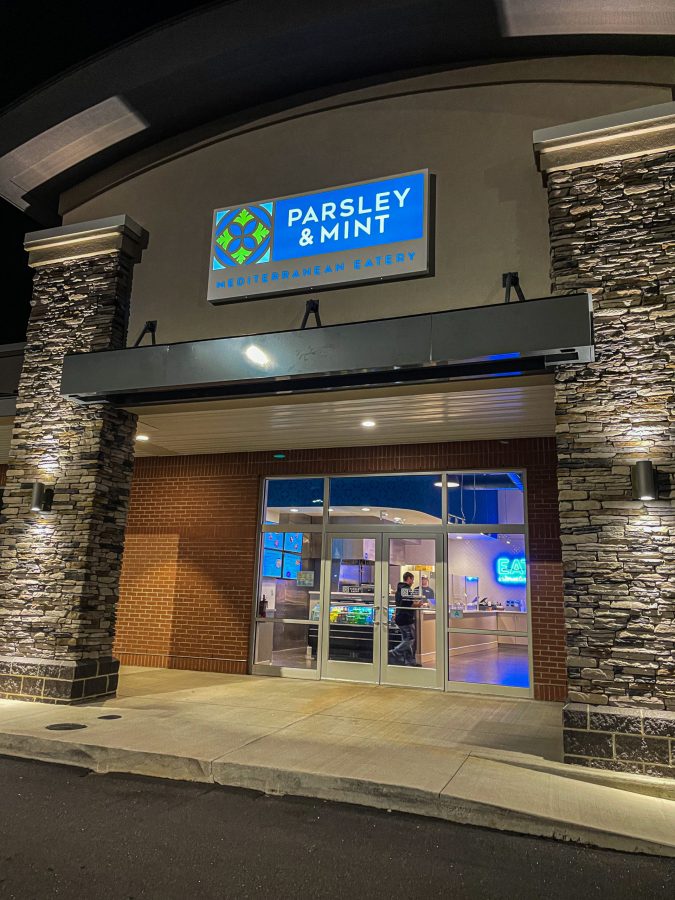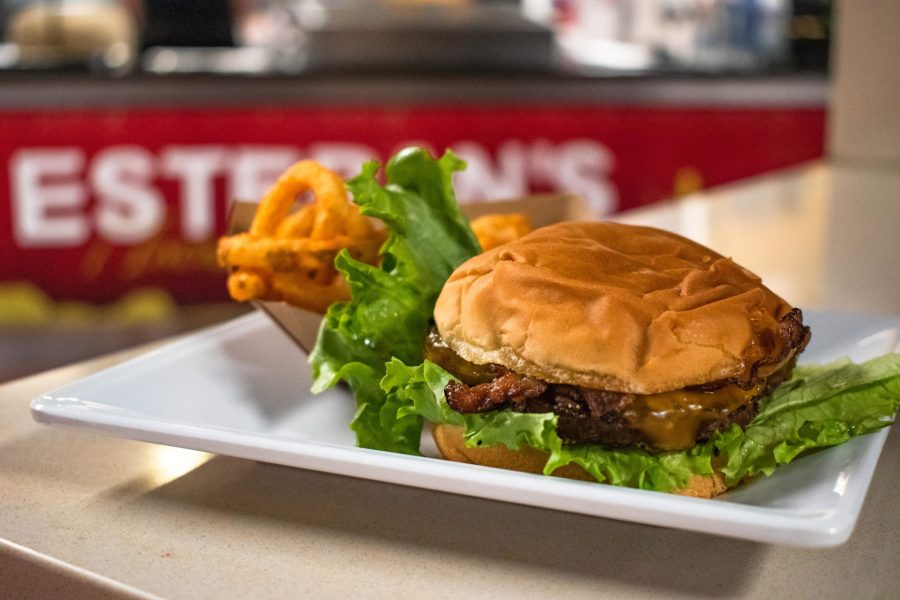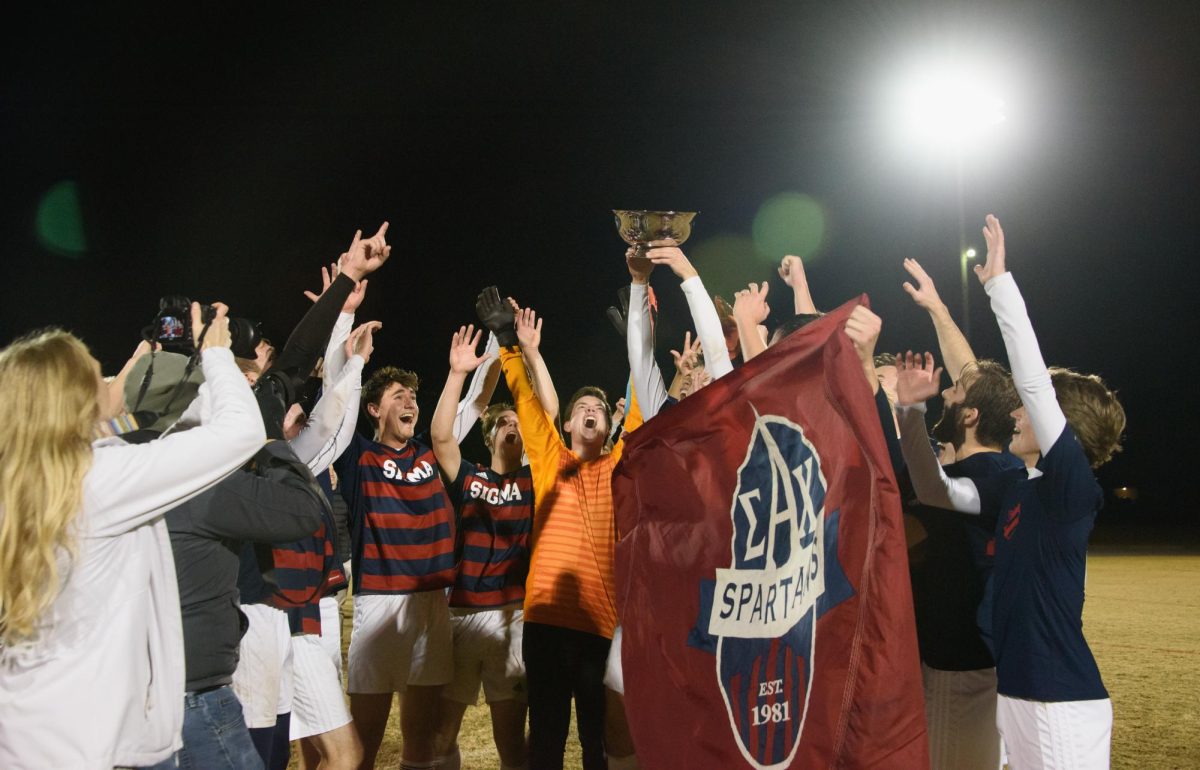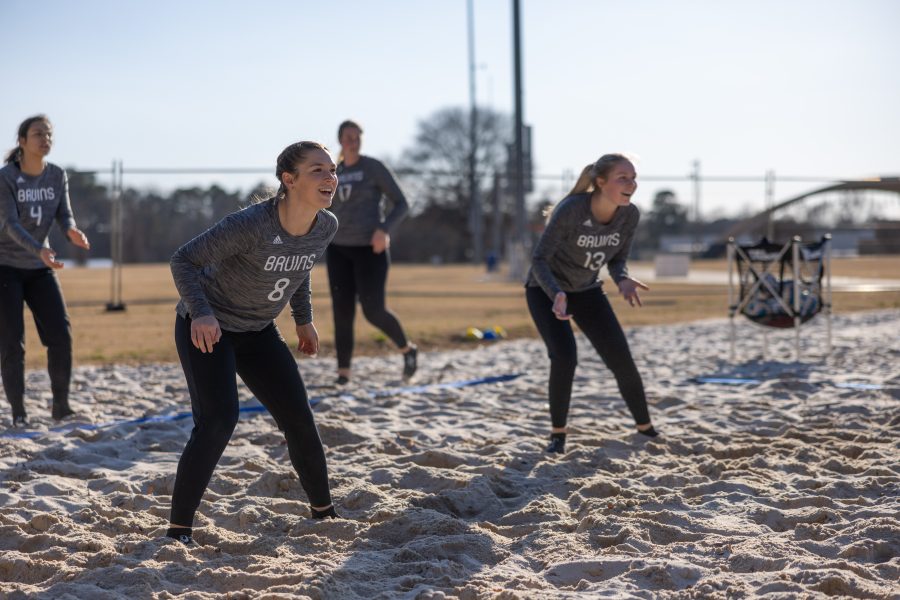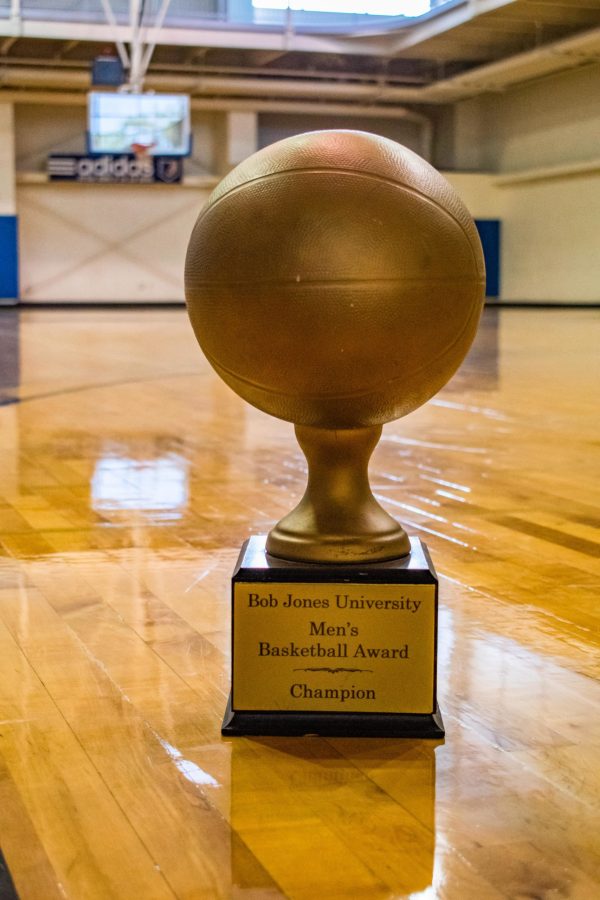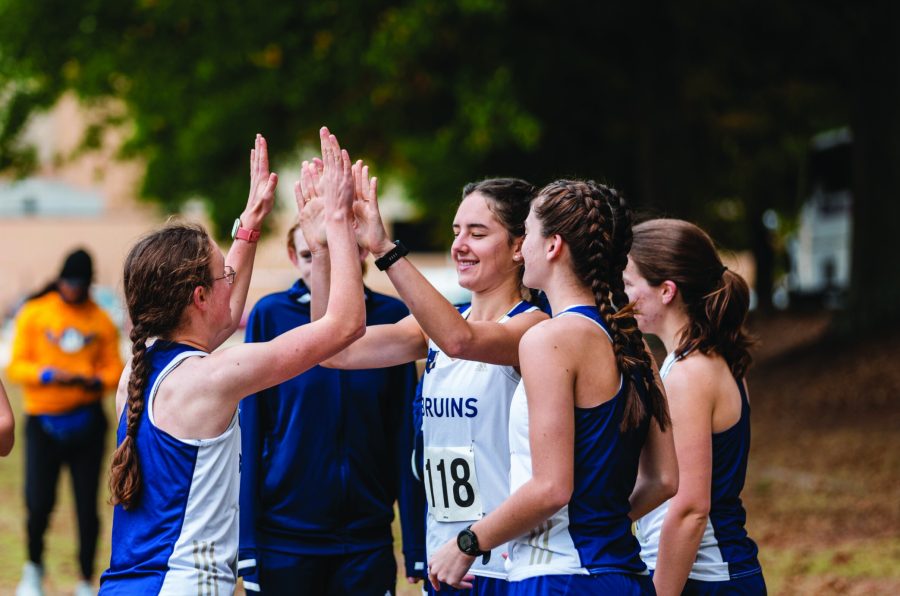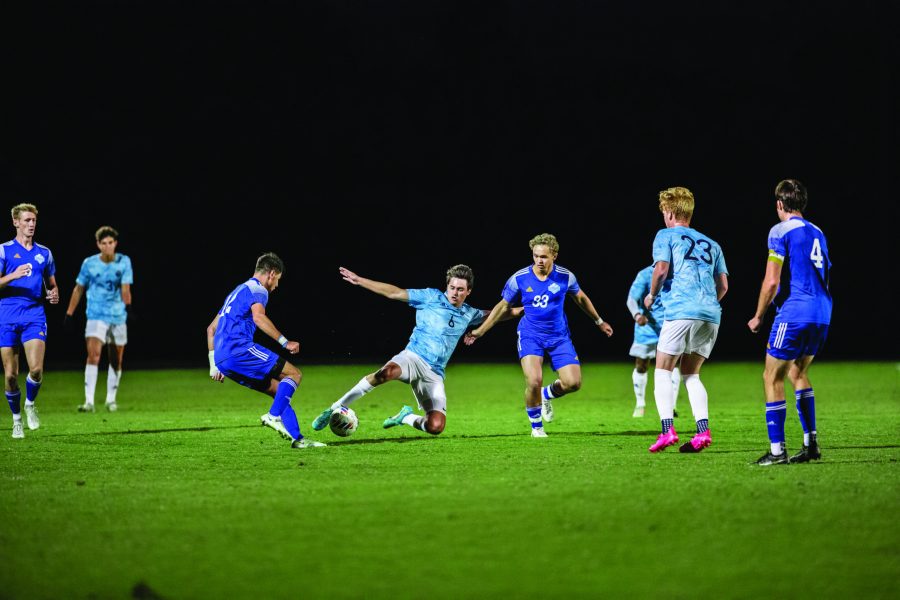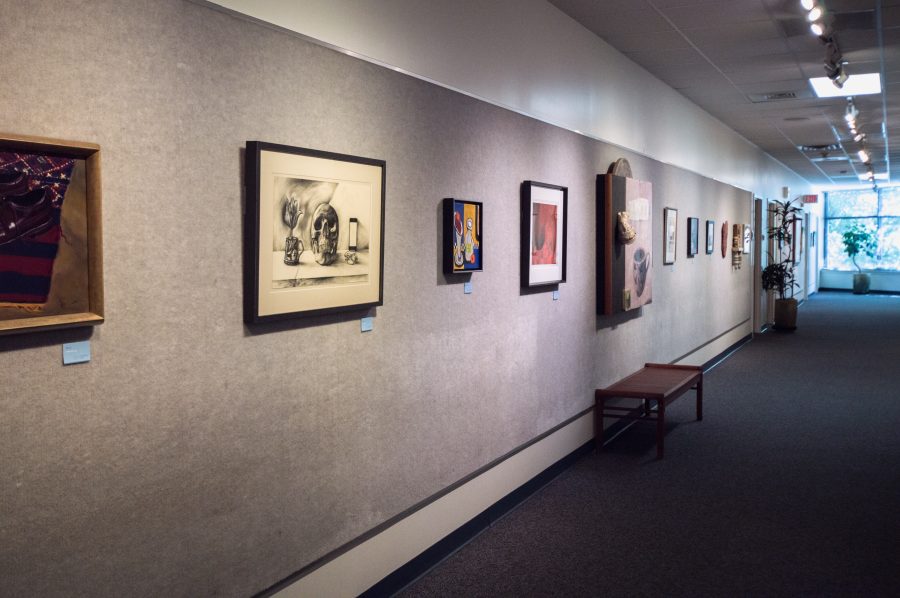Currently on display in the Sargent Art Building until Oct. 27, the exhibit “Looking Forward/Looking Back: A Fresh Look at Contemporary Still Life in the Upstate” focuses on still life art and features work from 20 different artists from across the Upstate.
A style of art that has developed over time, still life has grown and changed over a span of centuries.
Originating in antiquity, still life commonly depicts inanimate objects such as a bowl of fruit or a glass.
This art form has been used for academic purposes as practice in hundreds of art classes.
Most art students have memories of painting or drawing a bowl of fruit at some point in their classes.
Unfortunately, still life has often been left in the classroom.
Many students don’t find still life particularly interesting, or don’t feel drawn to continue in that tradition.
For many students, a camera can capture oranges and bananas just as well as, or better than, hours behind a canvas.
Kevin Isgett of the Division of Art and Design, however, said he believes still life means more than one might think at first sight. To Isgett, still life art has a rich and diverse history.
Because many students don’t realize the full breadth of still life, Isgett sought a way to express the diversity and interest that still life can have.
Isgett found 20 artists from the Greenville area who were willing to show their work and create new work, as well as five faculty members including himself, to create a still life exhibit at BJU.
“There’s so much potential in still life,” Isgett said. “I want people to see that it’s interesting.”
And thus, 20 Upstate artists’ works were brought together to create “Looking Back/Looking Forward: A Fresh Look At the Contemporary Still Life.”
Paintings, photos, prints and mixed media works stretch along the hall of the Sargent Art Building. Shoes, vases, skulls, birds and a plethora of different objects are represented.
Each piece has its own story.
Inside the gallery entrance to the left hangs an oil painting of a brown shoe on a foreign rug.
The painting, “Wingtips,” by Nathan Bertling, creates interest in its traditional yet untraditional style, unusual angle and personal feeling.
Bertling, a Furman University graduate, works at Suburban Paint Company. This art shop is lined with different paints and papers, containing all the supplies an art student could wish for.
Bertling said his main focus is portrait and landscape artwork, especially the human element of people and spaces.
Bertling’s inspiration for “Wingtips” came from a pair of cordovan wingtips he purchased in Asheville.
Although the shoes were inanimate objects, Bertling said the shoes had their own personal history—they represented the people who wore them before him and functioned as “the stand-in for a human presence.”
Through “Wingtips,” Bertling attempted to “find the life in still life” and to put his own life in it instead of it being merely an academic exercise. For Bertling, painting “Wingtips” opened a new door to the world of still life.
Located across the gallery, one can find several unusual pieces of art.
An upside-down decapitated sculpture sits on a canvas above a house across from a cup of coffee.
A pole vaulter is suspended mid motion next to a curving piece of wood.
A backward-facing woman stands next to a piece of pie.
These three large pieces of art are the work of Mark Flowers, an adjunct professor and gallery coordinator at the University of South Carolina Upstate.
Flowers views his pieces of art as “Visual Poetry,” combining elements to create a style of art similar to nonlinear writing.
Flowers said each of his works presents a story—a puzzle for the viewer.
For example, “Talking Her Home” tells the story of how Flowers had to be his wife’s own GPS as she traveled home through snow in Pennsylvania.
Flowers’ work is an example of how differently each artist interprets still life.
Also currently on display are two peculiar wooden structures.
Constructed out of wood and different artistic mediums, one piece, “Sequitur Vitam,” draws from funerary style with its tombstone-shaped wooden backing and memento mori, a bird skull reminiscent of death.
The artist of these pieces is Jon Andrews, a 2000 BJU graduate who also taught as a BJU art faculty member from 2002 to 2015.
Andrews’ opinion of still life is reflected in these pieces.
“Still life is actually a collection of objects that are actually more dead than they are alive,” Andrews said.
Constructed from pieces of old furniture, the piece “Sequitur Vitam” is itself a vanitas, a still life containing symbols of death.
The Latin name for the piece, “Sequitur Vitam,” means “it follows life,” which is reflected by a bird skull, a lily and a bird in flight.
Each element represents a part of life.
The piece also includes text about the incarnation of Christ—how He came down to earth and became flesh.
Andrews created his two pieces specifically for “Looking Forward/Looking Behind.”
Andrews said creating these pieces enabled him to revisit still life and make it his own.
Still life is more than a bowl of fruit.
As evidenced by “Looking Forward/Looking Behind,” still life is a craft as diverse as the imagination of its creator.

